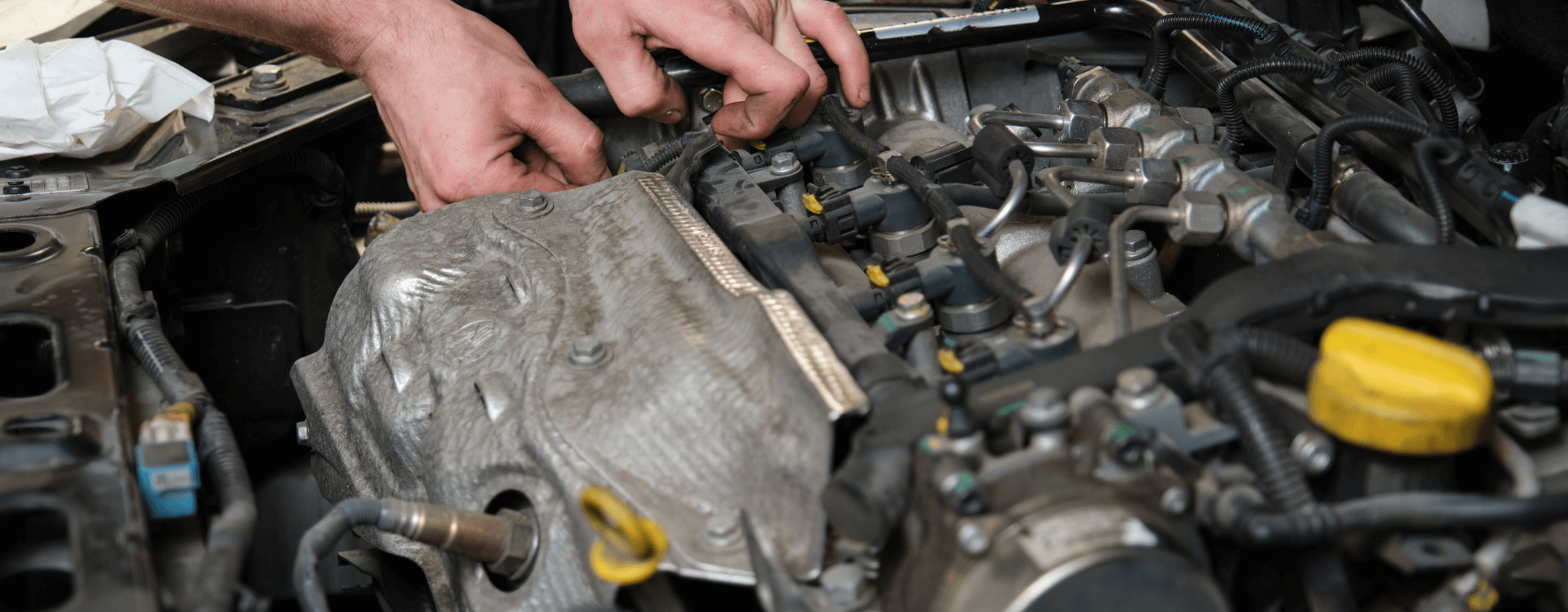
Exhaust gas pressure sensor : all you need to know
Modern automobiles are full of sensors of all kinds. The exhaust line of combustion cars is not exempt from this... In particular, there is the exhaust gas pressure sensor. This is an element that is often overlooked, but which plays an essential role in both petrol and diesel cars. We will see here how this sensor works, its role, but also the failures to which it is unfortunately subject. By the way, did you know that on some cars, you can even have up to three different pressure sensors ?
What is the exhaust gas pressure sensor ?
This pressure sensor takes the form of a small probe which, as its name suggests, allows temperature measurements to be taken on the exhaust gases. The interest is that this probe can communicate directly with a car's ECU in order to make adaptations. There are two possible applications, depending on whether the car is a petrol or diesel engine. In the case of a petrol engine, the pressure sensor is primarily intended to detect possible overheating. At a time of compulsive downsizing, we have very small engines that are capable of delivering high power. Obviously, the risk of overheating is high... All this has been made possible by the addition of a turbocharger. However, the turbocharger has an ideal operating pressure. The pressure sensor ensures that the values are constant. Is the pressure too low ? Then more fuel is sent in to lower the pressure. In the case of Diesel engines, the purpose of the pressure sensor is to preserve the life of the diesel particulate filter. In order to prevent the filter from clogging, regular regeneration cycles are necessary. This means that the DPF must reach an optimum operating temperature in order to be able to burn off the fine particles efficiently. The exhaust gas pressure sensor makes it possible to detect when this is the case. It is not uncommon for up to three sensors to be installed along the exhaust line to ensure that everything is working properly ! In the event of a fault, an engine light comes on.
Where is this sensor located ?
Often, the exhaust gas pressure sensor is located at the engine outlet, just before the turbocharger. Sometimes a second sensor is located before the diesel particulate filter. If a third sensor is present, it may be located at the outlet of this emission control device. There are also two types of sensors. The so-called PTC (positive temperature coefficient) and NTC (negative temperature coefficient) models. The resistance of the former increases with temperature, while for the latter it is the opposite. Nevertheless, the overall operation is similar since the objective is to transmit information to the ECU in order to optimise the pressure within the turbocharger and more generally along the exhaust line. However, sometimes the machine jams... Over the course of miles and years, the sensor can become damaged, which may require replacement.
How to diagnose a failure of this sensor
- The display of an engine light: if the ECU no longer receives the correct information from the sensor, the engine light may be displayed. A trip to the diagnostic unit showing an error such as P0544, P0546, P2033, P247A, P0549 or P2031 is symptomatic of a faulty exhaust gas pressure sensor: the EGR system can fail which prevents the correct measurement of pollutant emissions emitted by the engine, which can display an emission control fault;
- Errors in diesel particulate filter regenerations: if the sensor sends the wrong information to the ECU, the regeneration cycles of the DPF may no longer be carried out or, on the contrary, may be excessive and penalise driving; - Over-consumption: if the FAP regenerates excessively, then over-consumption may be observed. If in doubt, it is best to test the exhaust gas pressure sensor to check its condition.
How to test an exhaust gas pressure sensor
Start by checking for any fault codes using a diagnostic case. If no abnormal codes are displayed, continue by examining the connectors for excessive corrosion, abnormal twisting or loosening. Unplug the sensor and clean it thoroughly to remove any potential grease deposits that could affect its operation. Finally, you can also measure the voltage on the sensor connector, which should be 5 volts. If you find an anomaly, it is best to replace the sensor.
How much does a replacement of this sensor cost ?
Thankfully, the cost of an exhaust pressure gas sensor is relatively inexpensive. Expect to pay between £20 and £50 to get a replacement part. Replacement is not very complicated although depending on the car model, accessibility is more or less good. It should also be noted that for cars with sensors in the diesel particulate filter, it may be necessary to lift the vehicle. This more technical operation can be entrusted to a professional. In any case, it is to your advantage to replace the sensor as soon as a sign of failure appears. This will avoid creating ancillary damage, particularly to the diesel particulate filter on diesel models.
Need help with your DPF?
Consult our experts to diagnose the condition of your diesel particulate filter
Test my catalytic converter Check my DPF
Sources des images:
Karolina Osinska / Auteur: Ladanifer / Identifiant de licence: UF4GWA8T6B - elements.envato.com
